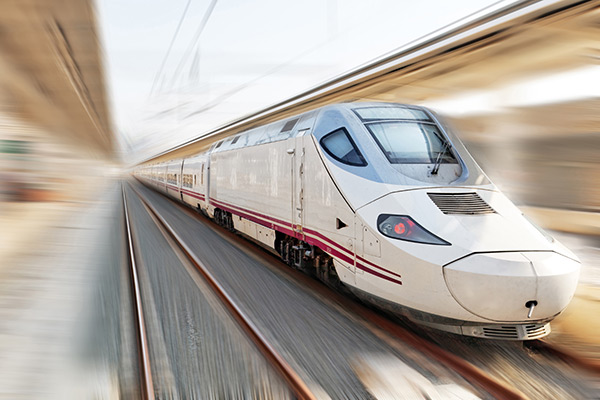
Location: 首页 > Applications > Subway construction

The subway is a fast, large-volume, electric-driven rail transportation built in the city. Trains run on fully enclosed lines. The lines located in the central city are basically set up in underground tunnels, and the lines outside the central city are generally set up on viaducts or on the ground. The alternative name is metro or underground railway). The subway is a proprietary, high-density, and high-volume urban rail transit system (Metro) that covers all kinds of underground and above-ground rights of way in urban areas. The subway in Taiwa n is called "Rapid transit" (Rapid transit).
In addition to subways, it also includes elevated railways or railways laid on the road. Therefore, the subway is exclusive to the right of way and has no level crossing, which is also a fundamental sign that the subway is different from the light rail transit system. The earliest (and first) subway in the world is the Metropolitan Subway in London, England, which was built in 1863.

Land saving: Because of the high value of urban land in general metropolises, building the railway underground can save ground space and make the ground land available for other purposes.
Reduce noise: The railway is built underground, which can reduce the noise on the ground.
Reduce interference: Because the subway route does not overlap or intersect with other transportation systems (such as surface roads), there is less traffic interference when driving, which can save a lot of commuting time. Kitzm valves are installed on the Subway system in Shenzhen, Luoyang, Changsha and many other cities.
Energy saving: In the face of global warming, the subway is the best means of public transportation. As the subway runs at a stable speed, it saves a lot of commuting time, makes people happy to ride, and replaces a lot of energy consumed by driving.
Reduce pollution: ordinary cars use gasoline or petroleum as energy sources, while subways use electricity, so there is no exhaust emissions and no pollution to the environment.
Other advantages:
Compared with other modes of transportation in the city, the subway has many advantages in addition to avoiding urban ground congestion and making full use of space.
1. Large transportation volume. The transportation capacity of the subway is 7-10 times larger than that of the ground bus, which is more effective than any other urban transportation.
2. punctuality. the punctuality rate is generally higher than that of the bus.
3. The speed is fast. The subway trains rush through the underground tunnels. The maximum speed is generally 80 kilometers per hour, which can exceed 100 kilometers or even reach 120 kilometers.

 Jing12011202000600 Website construction: Fengsheng Technology
Jing12011202000600 Website construction: Fengsheng Technology
